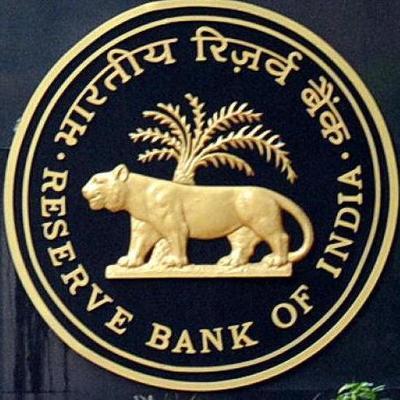 What is Repo Rate?
What is Repo Rate?
Repo rate is the most important policy interest rate in India. The repo rate is decided by the RBI Monetary Policy Committee headed by the RBI Governor.
Repo rate is the rate at which the central bank lends money to commercial banks. Banks typically use the repo rate as a signal to determine their deposit rates, lending rates and base rates.
Repo Rate as monetary policy signalling tool – More than anything else, the repo rate is used by the central bank to signal its monetary policy stance to the banks, businesses, government and people at large. RBI reviews the repo rate from time to time as part of the monetary policy review.
In the event of inflation or rising inflationary expectations, central banks increase repo rate as this acts as a disincentive for banks to borrow from the central bank. This ultimately reduces the money supply in the economy and thus helps in arresting inflation. The central bank takes the contrary position in the event of a fall in inflationary pressures.
Repo and reverse repo rates form part of the Liquidity Adjustment Facility (LAF).
Repo rate is raised when:
- RBI wants to signal higher interest rates in the market
- RBI sees over-heating in the economy and perceives a risk that inflation may surge
- There may be a risk of asset bubbles being created due to excessive capital inflows
- RBI wants to reduce speculation in foreign exchange or sees a risk of disorderly depreciation of Indian currency
Impact of Repo Rate Hike
- The Marginal Cost of funds based Lending rate (MCLR) i.e., the minimum interest rate of a bank below which it cannot lend – is linked to Repo Rate, any increase in repo rate will lead to increase in MCLR.
- As a result,it will lead to increase in interest rate for borrowers who have taken floating rate home loan, personal loan and business loan.
- As the Repo Rate is increased, the demand for credit facilities will decline, due to higher interest rate. This will help control inflation.
Repo rate is reduced when:
- RBI wants to signal lower interest rates in the market
- RBI is reasonably confident that inflation and fiscal deficit are under control
- Economy is slowing down and the RBI wants to accelerate growth
- External balance of payments situation of the country is seen to be stable
Impact of Repo Rate Cut:
- When the RBI cuts repo rate, cost of funds of banks declines.
- The banks are able to give loans to their customers at a lower cost.
- EMI on floating rate on home loans, personal loans etc declines.
- Business will get cheaper funds for investment and business expansion. This will help in improving the GDP growth rate.









